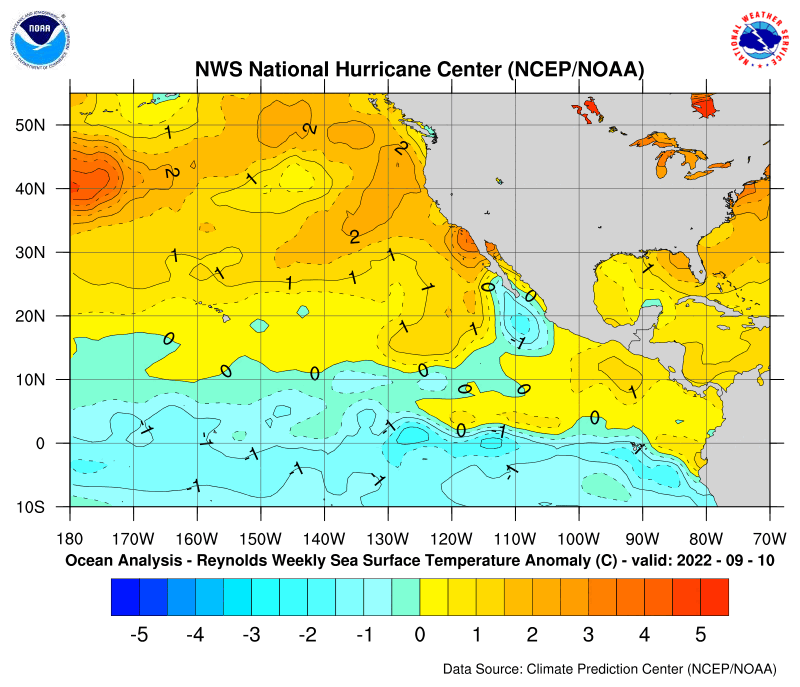Currently, SST anomalies have cooled hugely in the Atlantic over the past few weeks. Even the area of high SST anomalies off Africa has cooled significantly. See below...

Meanwhile, the Pacific SST anomalies have warmed over the past few weeks. The areas of cooler SST anomalies are getting warmer and smaller right now as well. See below...

Currently, this qualifies as neutral conditions. With these trends, however, a La Nina is starting to look less likely, while neutral conditions or an El Nino are increasing in probability. If these trends continue, an El Nino may very well occur.
Will an El Nino develop? Stay tuned! Thoughts, comments, and discussions are welcome! This will now be the official SST discussion and monitoring thread! Your thoughts are welcome!



